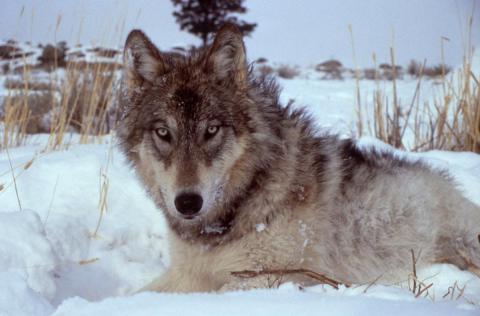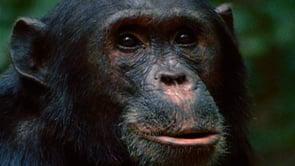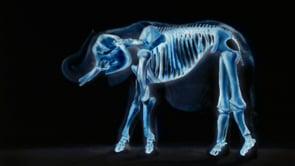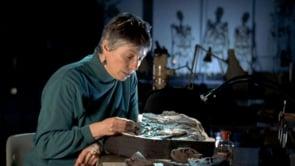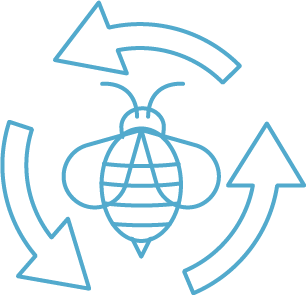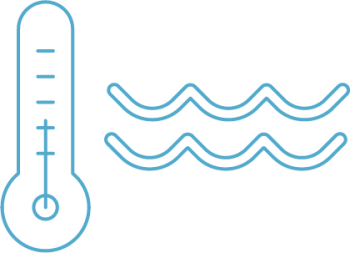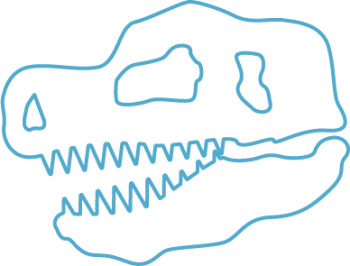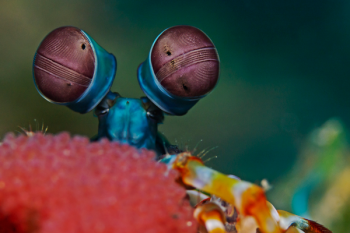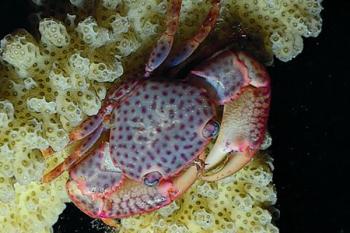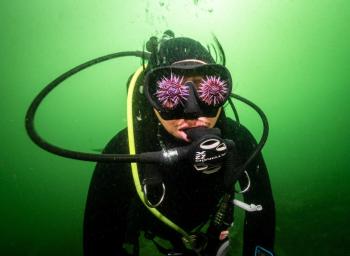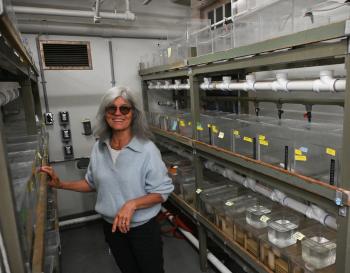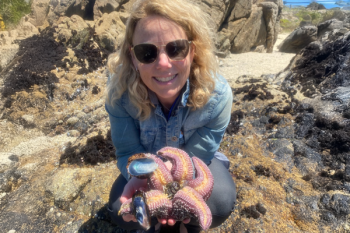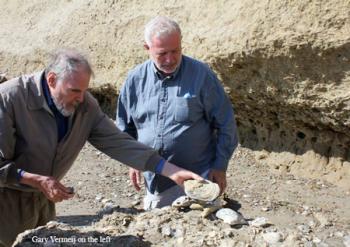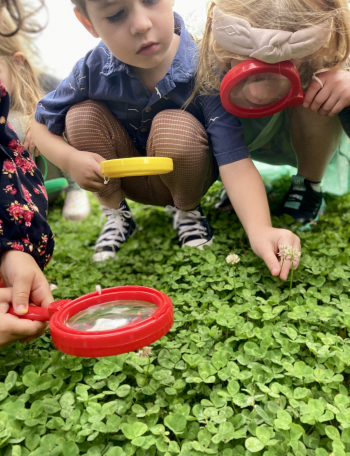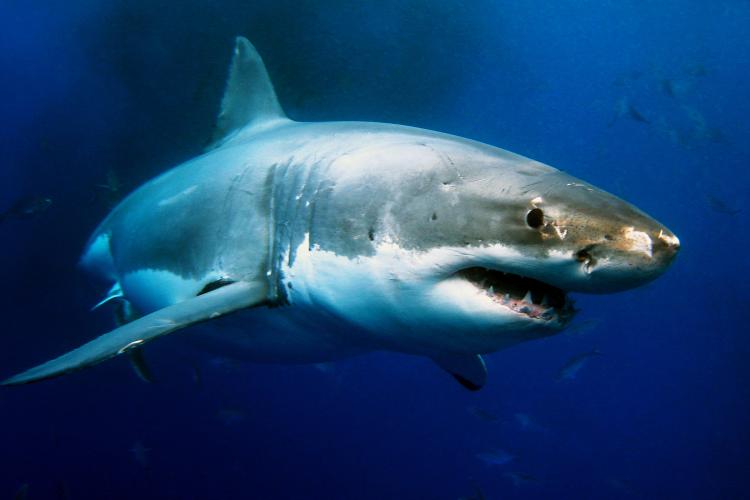

Chordates
Chordate Videos
General Info
Role in Ecosystem
Climate
Human Interaction
Paleontology
- Image
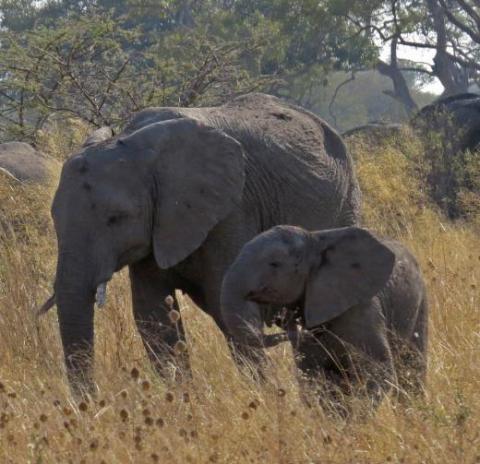
Lesson Plan
Our Chordate Family TreeStudents explore the evolution of the phylum Chordata by constructing a "family tree" - a diagram of evolutionary traits and animals.Full Lesson Plan
- Image
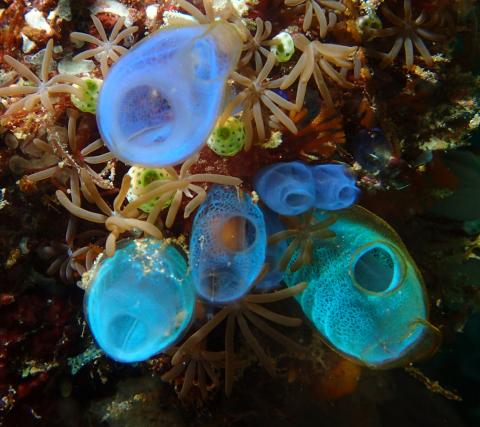
Factsheet
Chordates: This Is UsThe chordate phylum includes both invertebrates (without backbones) and vertebrates (with backbones).Download Factsheet
- Image
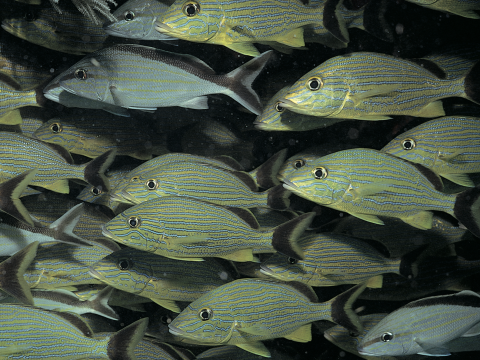
Reading
Chordates: The Voyage to Us Bones, Brawn, and Brains"Humanity is exalted, not because we are so far above every other living creature, but because knowing them well elevates the very concept of life." - E.O. Wilson, BiophiliaDownload Reading
Features
Creature
The star tunicate (Botryllus schlosseri) a colonial tunicate
A marine model for stem cell research, evolution of the immune system and nerve degeneration.
The star tunicate (Botryllus schlosseri) a colonial tunicate
A marine model for stem cell research, evolution of the immune system and nerve degeneration.
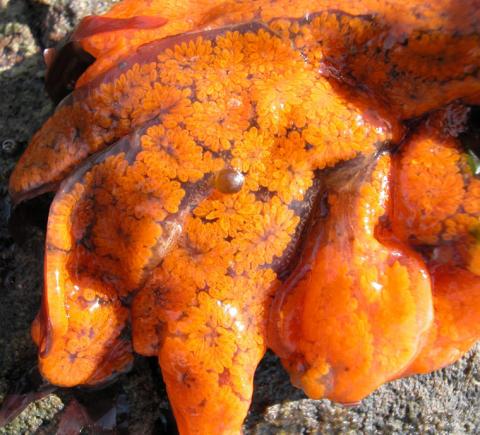
Scientist
Ianna Gilbert, Junior at Brandeis University
An 8th grade Earth Science class sparked Ianna’s interest in science. Then teachers in high school told her about doing research in the Hudson River with the Lamont-Dougherty Earth Observatory of Columbia University where the focus was climate and earth sciences. Ianna jumped in!
Ianna Gilbert, Junior at Brandeis University
An 8th grade Earth Science class sparked Ianna’s interest in science. Then teachers in high school told her about doing research in the Hudson River with the Lamont-Dougherty Earth Observatory of Columbia University where the focus was climate and earth sciences. Ianna jumped in!
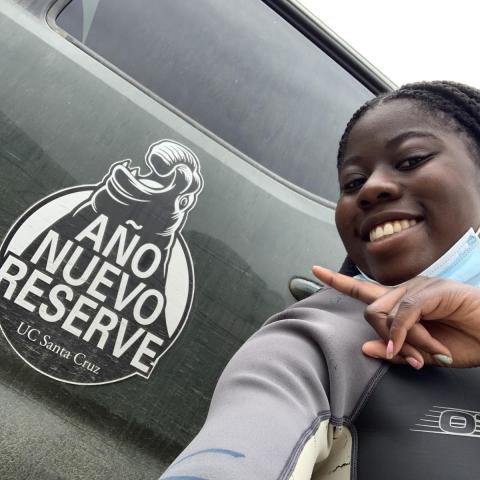
Did You Know?
Man, are those Mantas Brainy!
Manta rays are impressive in so many ways, including how they coordinate hunting and have complex social interactions. And, did you know that the oceanic manta rays have the largest brain of all fish?
Man, are those Mantas Brainy!
Manta rays are impressive in so many ways, including how they coordinate hunting and have complex social interactions. And, did you know that the oceanic manta rays have the largest brain of all fish?
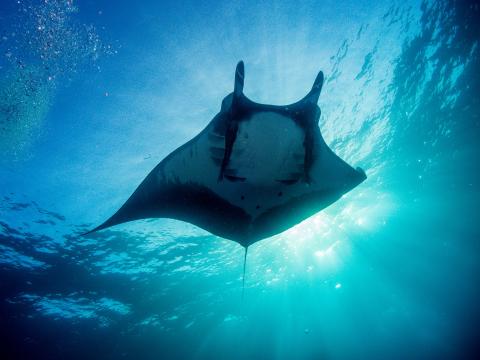
Shape of Life Blog
We Have Seen the Enemy and IT’S US!
Think about the biggest, most powerful predators in any system. These are called apex predators. Some that come to mind are obvious— wolves in Yellowstone, lions on the Serengeti and orcas in the Pacific Northwest. There are others in many different ecosystems, like the sunflower star in nearshore waters off Alaska. Often the large predators at the top of the food web in a particular ecosystem. But, humans are the ultimate apex predator.
We Have Seen the Enemy and IT’S US!
Think about the biggest, most powerful predators in any system. These are called apex predators. Some that come to mind are obvious— wolves in Yellowstone, lions on the Serengeti and orcas in the Pacific Northwest. There are others in many different ecosystems, like the sunflower star in nearshore waters off Alaska. Often the large predators at the top of the food web in a particular ecosystem. But, humans are the ultimate apex predator.
